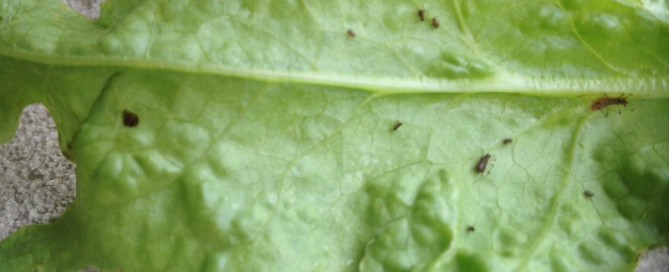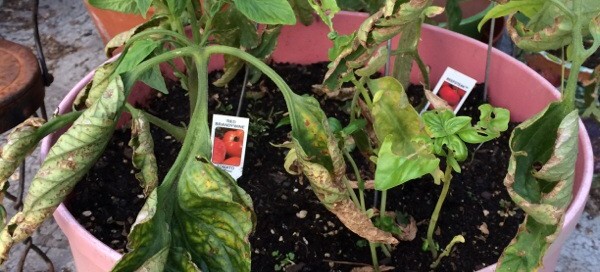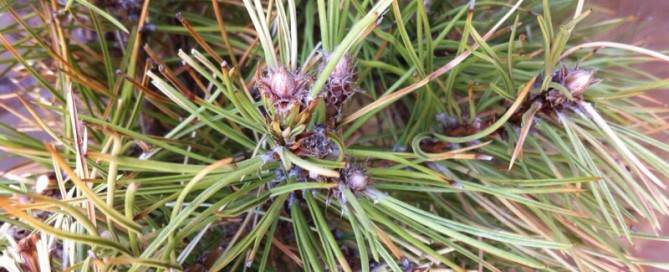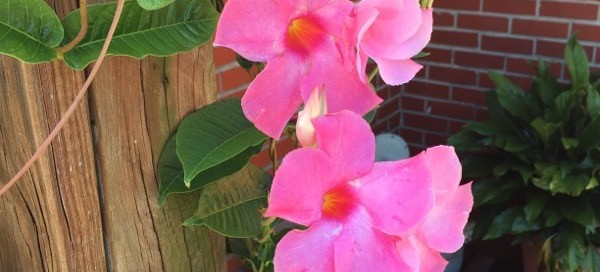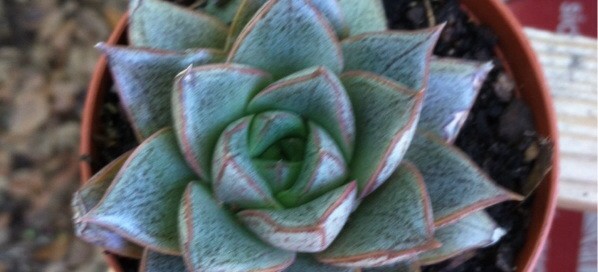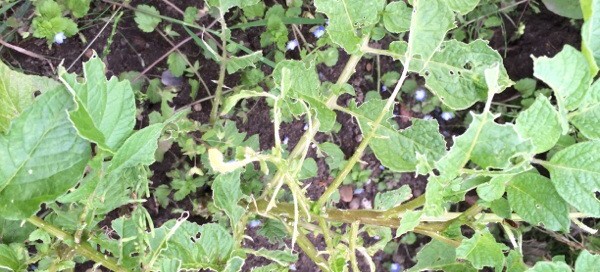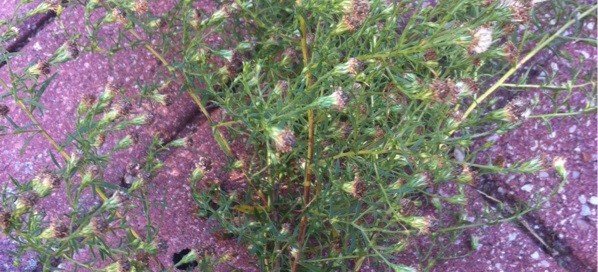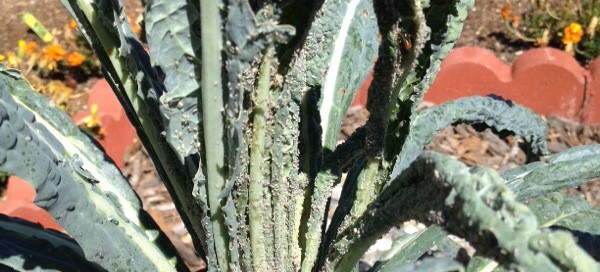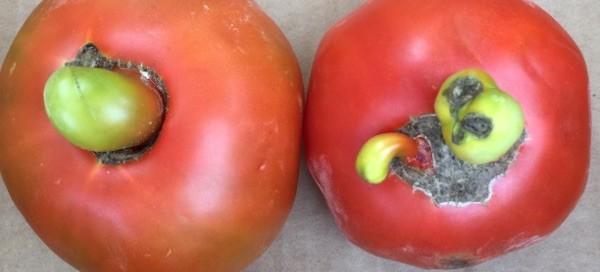Aphids On Leafy Vegetables
It is really hard to tell from this photo but these look like they could be aphids. They will typically feed on the newest plant growth. You can identify Aphids (with a magnifying lens) by the two "cornicles" (structures that look like tiny tailpipes) extending from the rear. If you see the cornicles, you will want to control these insects with a pesticidal soap, available at your local garden center or wash off with a strong stream of water. These insects reproduce rapidly (giving live birth, rather than laying eggs), so you can also narrow the possible insect species down if you see that some of them are smaller versions of the larger ones. Sometimes an adult will develop wings and they look a bit different than the rest, but they'll still have the "tailpipes". Also, the white bits are probably the cast-off exoskeletons of aphids, while the green or grayish moving creatures are the aphids themselves.Here is a link that you might find helpful:
http://www.ipm.ucdavis.edu/PMG/PESTNOTES/pn7404.html
